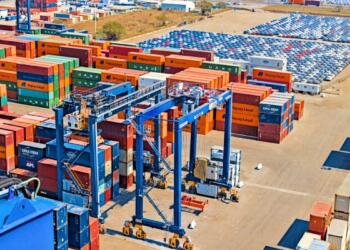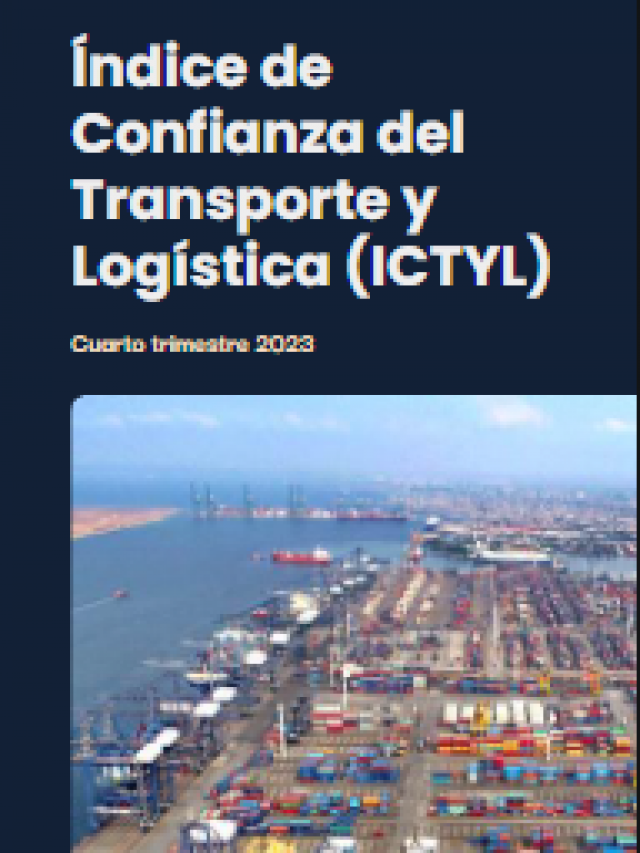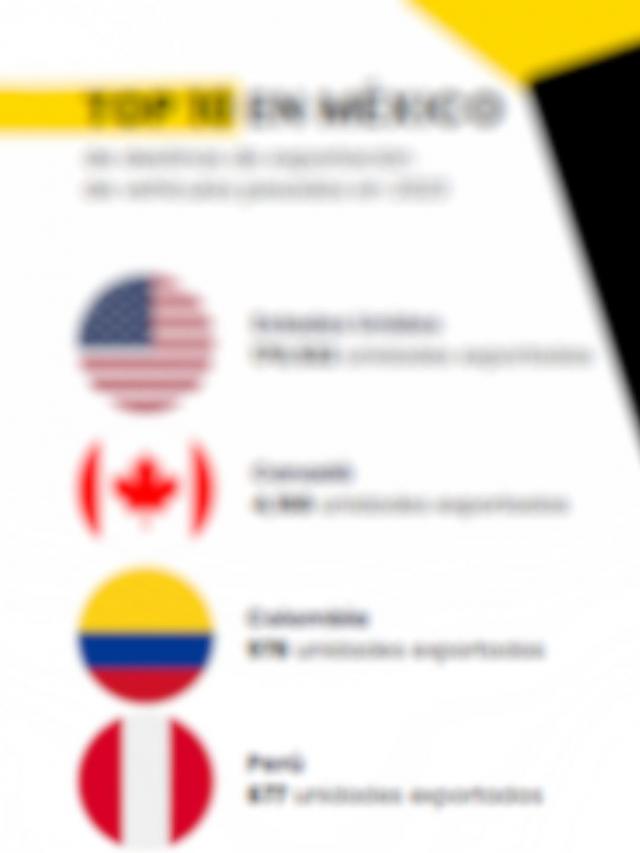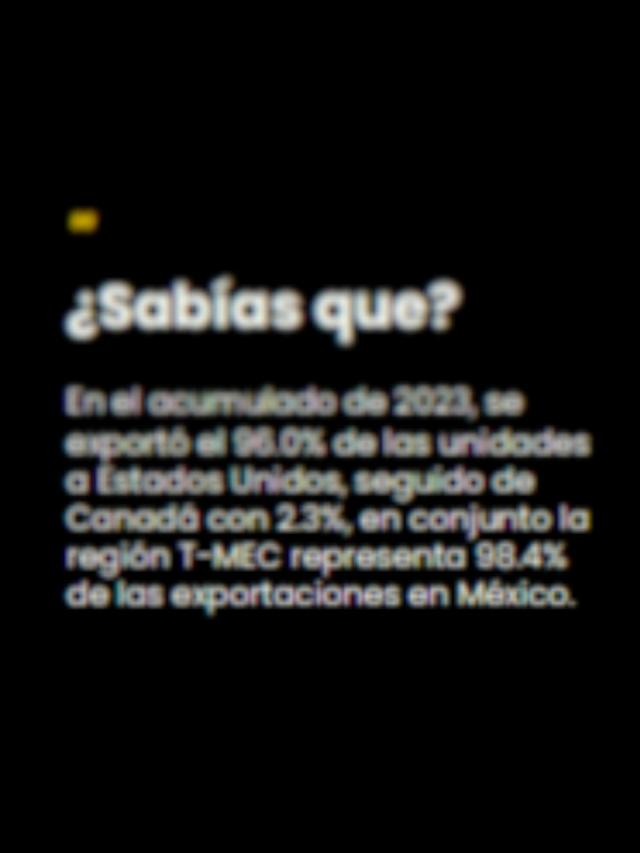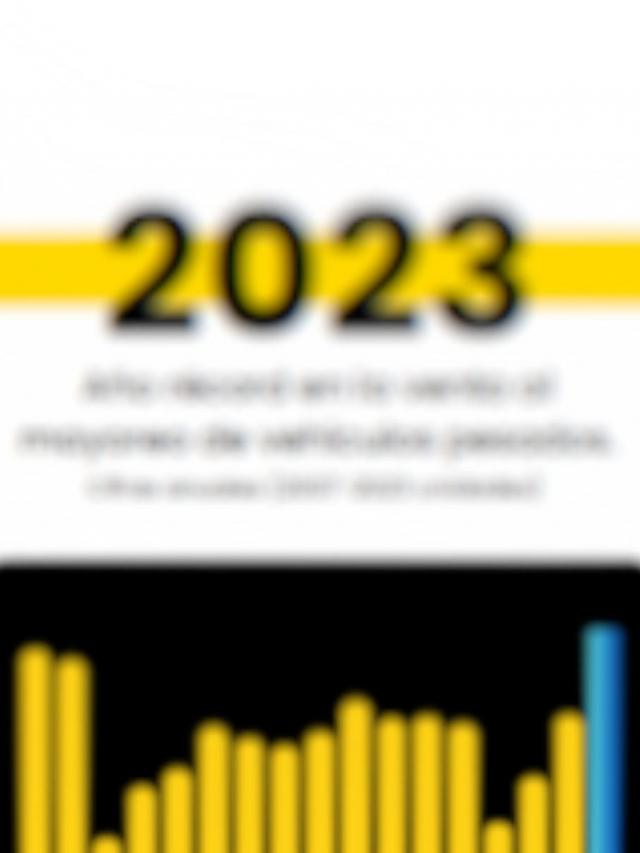
The International Maritime Organization (IMO) approved a standard on marine fuels for ships on Friday, as well as a global greenhouse gas (GHG) emissions pricing mechanism, seeking to achieve decarbonization in global shipping by 2050.
These measures, approved by the Marine Environment Protection Committee (MEPC) at its 83rd session (MEPC 83) in London, England, are expected to be adopted next October before coming into force in 2027.
The standard will be mandatory for large seagoing vessels exceeding 5,000 gross tons, which, according to the IMO, emit 85% of total carbon dioxide (CO2) emissions from international shipping.
With this policy, which was supported by 63 countries, the tax is expected to generate between $30 and $40 billion in revenue by 2030, approximately $10 billion annually .
Furthermore, the agreement is projected to help reduce absolute GHG emissions in the shipping sector by 10% by 2030.
Starting in 2028, ships will be required to switch to low-carbon fuel blends or pay for their excess emissions. Ships that continue to use conventional fossil fuels will be charged a fee of $380 per ton on the most emissions-intensive portion of their fuels, and $100 per ton on any remaining emissions above a certain threshold.
This new agreement was reached following the approval of amendments to the International Convention for the Prevention of Pollution from Ships (MARPOL) , in its Annex VI, which deals with air pollution caused by ships.
“The approval of the draft amendments to MARPOL Annex VI establishing the IMO net-zero emissions framework represents another step in our collective efforts to combat climate change and modernize shipping, and demonstrates once again that IMO is delivering on its commitments,” said IMO Secretary-General Arsenio Domínguez.
MARPOL Annex VI currently has 108 Parties, covering 97% of the world’s merchant fleet by tonnage.
“The objective is to achieve the climate targets set out in the IMO’s 2023 Strategy on Reducing GHG Emissions from Ships, accelerate the introduction of zero- and near-zero GHG-emitting fuels, technologies, and energy sources, and support a just and equitable transition,” the United Nations agency stressed .
According to the draft rules, the implementation of a global standard to reduce the GHG intensity of marine fuels is included .
“Vessels that emit above GFI thresholds will be required to purchase recovery units to offset their shortfall emissions, while those using zero- or near-zero GHG emission technologies will be eligible for financial rewards,” the regulations state.
According to the statement, ships emitting above the established thresholds can offset their emissions deficit by transferring surplus units from other ships; utilizing surplus units they have already accumulated; and using recovery units acquired through contributions to the IMO’s Net-Zero Fund .
The IMO has established the Net-Zero Fund to collect contributions from emissions pricing, the proceeds of which will be used to reward low-emission vessels and support innovation, research, infrastructure, and just transition initiatives in developing countries .
Also, in funding training, technology transfer, and capacity building to support the IMO’s 2023 GHG Strategy, as well as mitigate the negative impacts on vulnerable States.
Among the outcomes of MEPC 83 were the approval of a proposal to designate the Northeast Atlantic Ocean as an Emission Control Area and agreement to designate two new Particularly Sensitive Marine Areas off the Pacific coast of South America. In addition, the draft work plan for the development of a regulatory framework for the use of on-board carbon capture systems was approved.
According to the World Economic Forum (WEF) , more than 80% of the world’s traded goods move by ship, and maritime transport accounts for between 2% and 3% of global greenhouse gas emissions, so this measure could represent a step forward in global decarbonization goals.
Comment and follow us on X: @GrupoT21









